 Essay Writing Web
Essay Writing Web

 04-09-2024
04-09-2024
 Essay Writing Web
Essay Writing Web
Volleyball is a captivating and high-energy sport that emphasizes the importance of teamwork, coordination, and strategy. Originating in the United States in 1895, volleyball was invented by William G. Morgan, a physical education teacher who sought to create a less physically demanding game than basketball, while still promoting physical activity and social interaction. Initially named "Mintonette," the game was designed to be played indoors, combining elements from various sports like tennis, handball, and basketball. The name "volleyball" emerged later, reflecting the primary action of the game—volleying the ball back and forth over the net.
The sport's versatility is evident in its various forms, including indoor volleyball, beach volleyball, and even sitting volleyball, a version designed for athletes with physical disabilities. Each variant of the game brings its own unique challenges and requires specific skills, making volleyball a sport that offers something for everyone. Whether played on the sands of a sunny beach or in a competitive indoor arena, volleyball fosters a sense of camaraderie among players and provides an exhilarating experience for participants and spectators alike. This blend of athleticism, strategy, and teamwork has made volleyball a beloved sport across the world.
Volleyball is a sport that demands not only skill and teamwork but also the proper equipment to ensure a fair and safe game. Each piece of volleyball equipment is designed with specific purposes in mind, contributing to the overall experience of the game. Here's a closer look at the essential volleyball equipment:

The volleyball itself is the most crucial piece of equipment. It is a lightweight, round ball typically made from synthetic leather or other durable materials. The ball’s outer surface is usually comprised of several panels stitched together, providing a grip that allows for precise control during play. The ball must meet specific regulations in terms of size and weight, with a circumference of approximately 65-67 centimeters and a weight ranging from 260 to 280 grams. It is inflated to a pressure that ensures optimal performance, balancing firmness with a slight give, allowing for accurate serves, passes, and spikes.
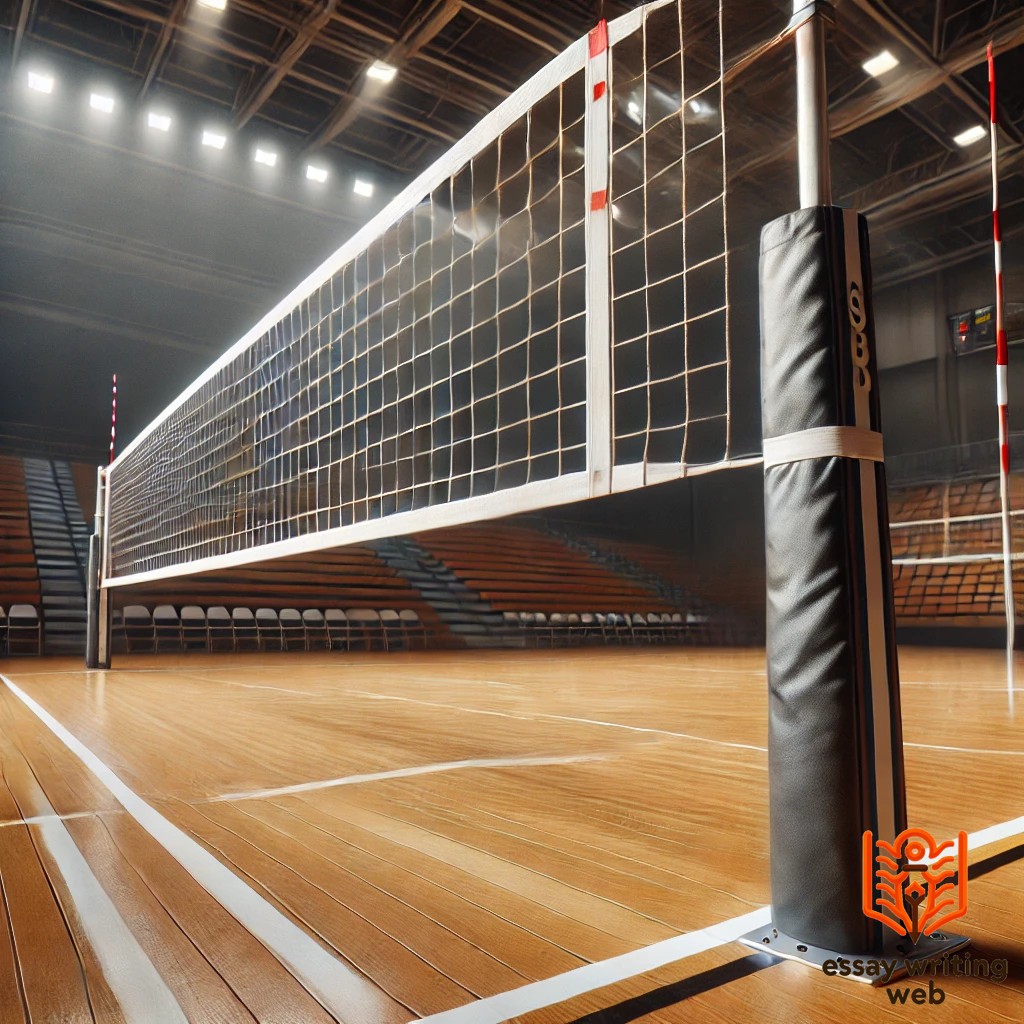
The volleyball net is another vital component, acting as the central divider between the two teams. The net is set to a specific height, which varies depending on whether the match is men’s or women’s. For men’s volleyball, the net is 2.43 meters high, while for women, it is set at 2.24 meters. The net extends across the width of the court, which is 9 meters wide, and is anchored by two sturdy posts positioned outside the court lines to prevent any interference with gameplay. The top of the net is often lined with a white tape to enhance visibility, ensuring that players can easily see the net during fast-paced rallies.
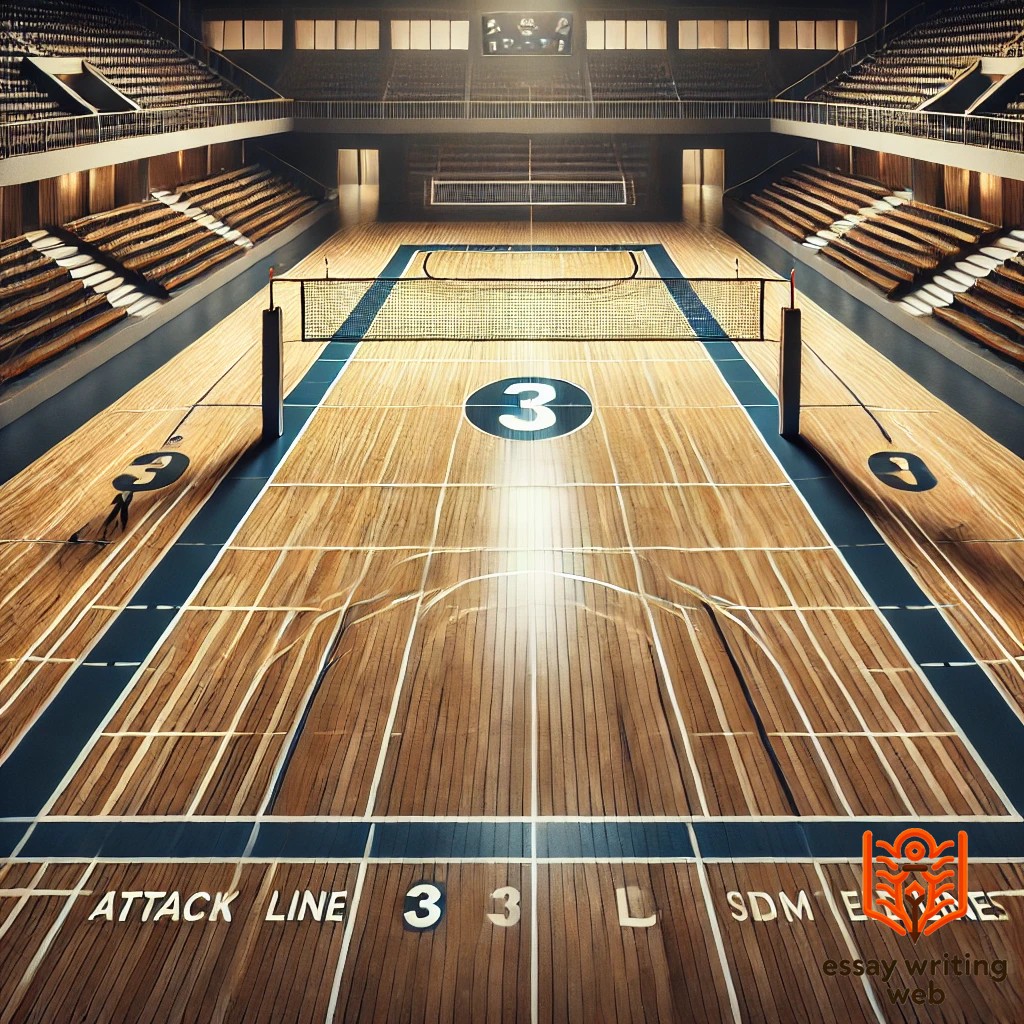
The volleyball court is a rectangular area measuring 18 meters in length and 9 meters in width. The court is divided into two equal halves by the net. The surface of the court can be made from various material, including wood, synthetic materials, or sand in the case of beach volleyball. Boundary lines mark the edges of the court, with the attack line positioned 3 meters from the net on each side, delineating the front and back zone where specific players positions are stationed. These lines are essential for determining whether the ball lands in or out of play during the match.
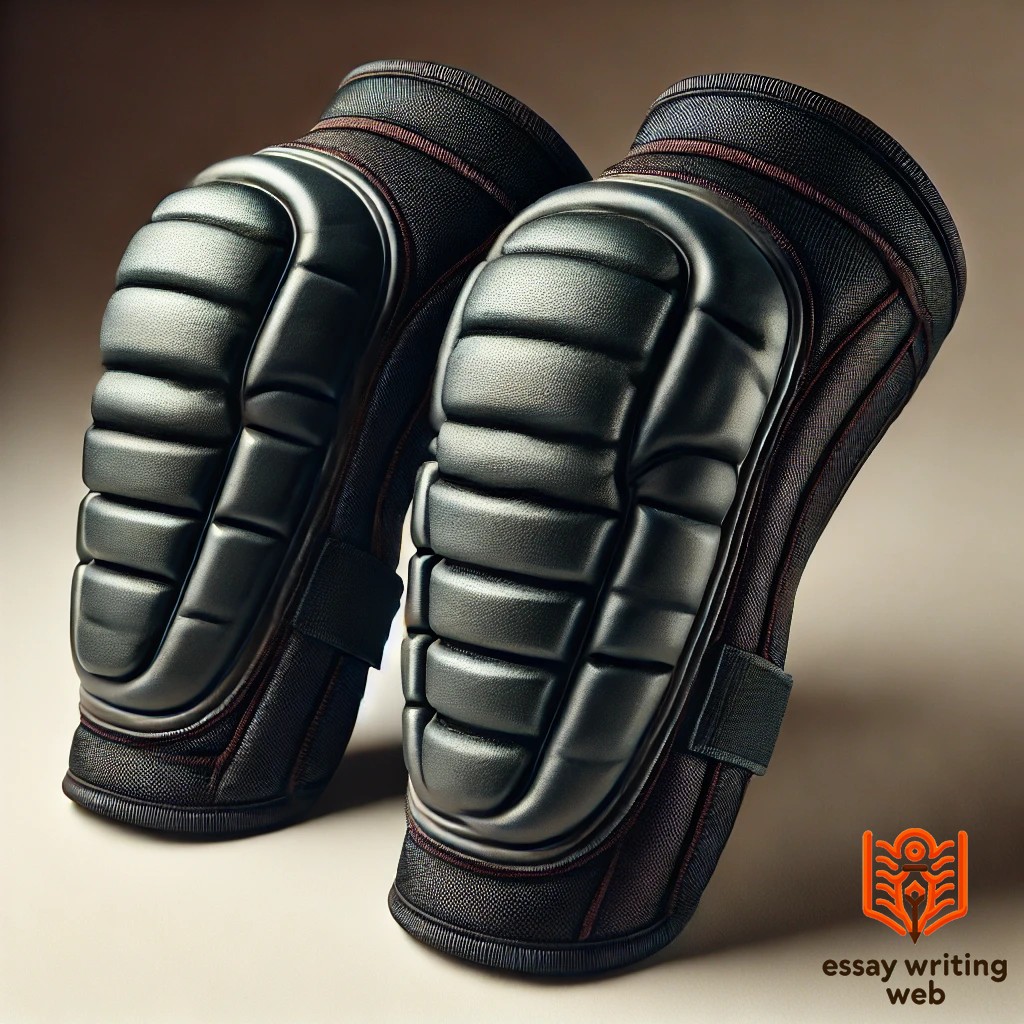
Knee pads are an indispensable part of a volleyball player’s gear, providing crucial protection during intense dives and falls. Made from foam and elastic materials, knee pads cushion the impact when players hit the floor, preventing injuries and allowing them to play with confidence. They are designed to be lightweight and flexible, ensuring they do not hinder movement while still offering adequate protection.

Proper footwear is essential for volleyball players, as the sport requires quick lateral movements, frequent jumps, and sudden stops. Volleyball shoes are specifically designed to offer excellent grip on the court, with rubber soles that provide traction to prevent slipping. They also feature enhanced cushioning to absorb the impact from jumps and reduce the strain on the feet and ankles. The shoes are often low-cut to allow for greater mobility, while still offering enough support to protect against ankle injuries.
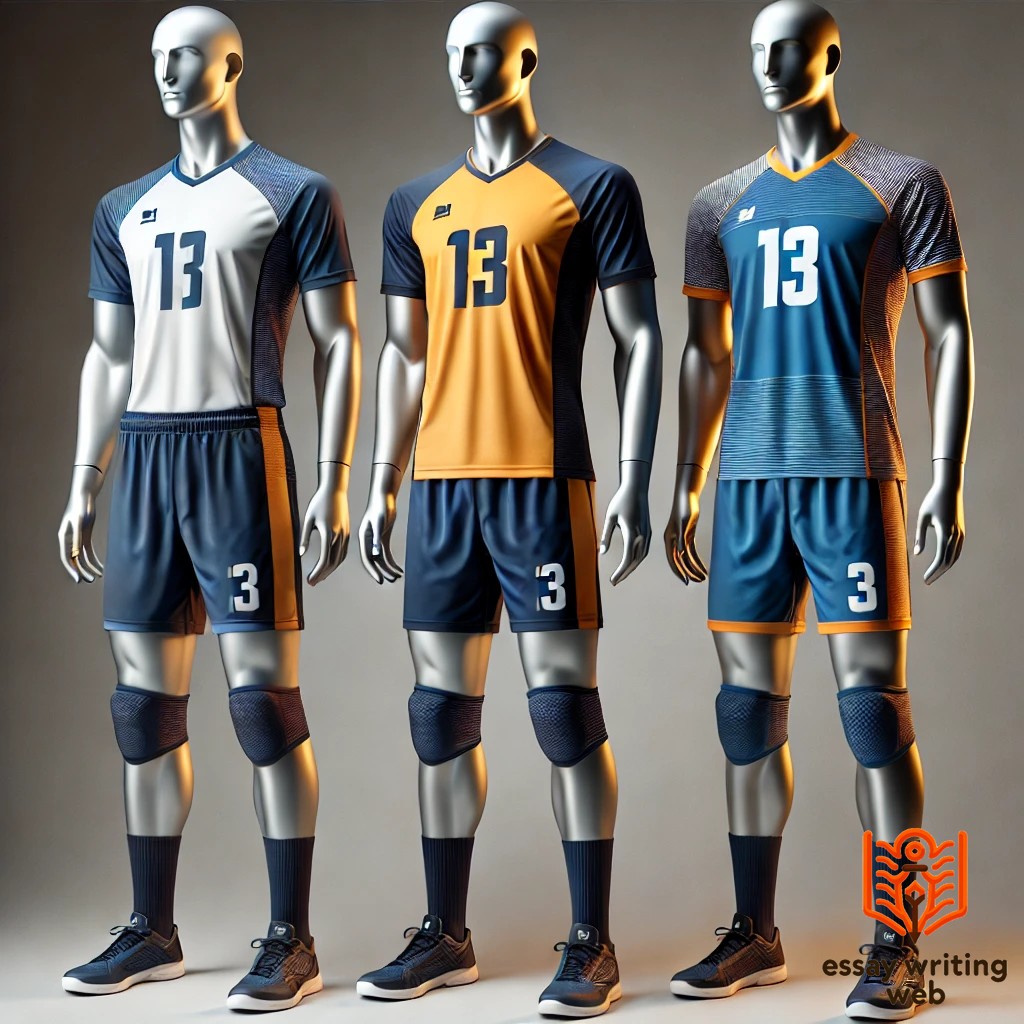
Volleyball uniforms are designed to be both functional and comfortable. Typically, they consist of a jersey and shorts made from lightweight, breathable materials that allow players to move freely and stay cool during the game. The jersey usually displays the player’s number, and the libero, a specialized defensive player, wears a contrasting color to distinguish themselves from the rest of the team.
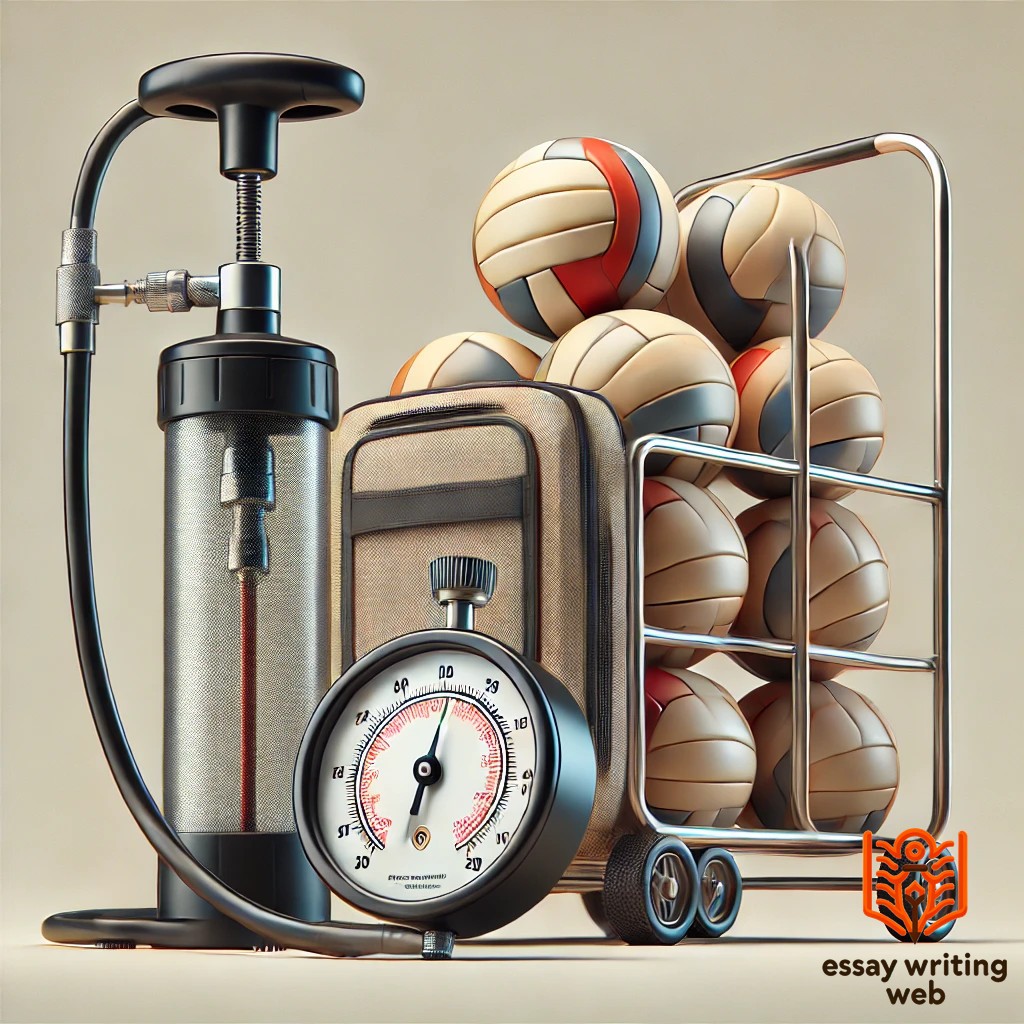
Additional equipment such as a ball pump and pressure gauge is necessary to maintain the volleyball in top condition. These tools ensure the ball is inflated to the correct pressure, which is crucial for consistent play. Volleyball carts are used during practices to store and transport multiple balls, making it easier to conduct drills and keep the practice session organized.
The serve is the critical first action in every rally. A player from the serving team sends the ball over the net into the opponent's court. There are various types of serves, such as the float serve, where the ball moves unpredictably, and the jump serve, which combines power with height to make it difficult for the receiving team to return.
A spike is an aggressive, downward hit aimed at the opponent’s court, usually intended to end the rally by scoring a point. It’s one of the most thrilling and powerful moves in volleyball, requiring timing, strength, and precision. Spiking is typically executed by front-row players after a well-placed set.
Blocking is a defensive maneuver where players jump near the net with their arms extended to intercept or deflect a spike from the opposing team. A successful block can either result in an immediate point if the ball is sent back into the opponent’s court, or it can help redirect the ball for easier handling by the defense.
A dig is a defensive play where a player dives or extends their arms to prevent the ball, usually from a spike, from hitting the floor. It’s a vital skill for back-row players, especially for the libero, whose role centers on defense. A good dig can keep the rally alive and provide an opportunity to counterattack.
The set is a critical offensive technique where the ball is gently pushed upwards, usually with the fingertips, allowing a teammate to execute a spike. The setter is often considered the playmaker of the team, as they decide which player gets to attack the ball, making quick decisions under pressure.
The libero is a specialized defensive player distinguished by a different colored jersey. The libero cannot attack the ball from above the net or serve (depending on the league's rules) but is allowed to substitute freely for any back-row player. Their main focus is on passing, digging, and overall court coverage.
Rotation in volleyball refers to the clockwise movement of players on the court every time their team wins back the serve. This system ensures that each player experiences all positions on the court, from serving to front-row attack positions. Proper rotation is crucial for maintaining the structure and strategy of the game.
An ace is a serve that lands directly on the opponent's court without being touched or is touched but cannot be kept in play. It’s a powerful serve that immediately scores a point for the serving team, often catching the receiving team off guard due to its speed or placement.
A kill occurs when a player successfully spikes the ball into the opponent's court, resulting in a point. The term "kill" emphasizes the decisive nature of the attack, as it typically ends the rally in favor of the attacking team.
An assist in volleyball is credited to the player who sets up a teammate for a successful attack that results in a point. The setter usually accumulates the most assists since they are responsible for orchestrating the team's offensive plays by delivering precise sets.
Volleyball is a popular sport played worldwide, known for its fast pace and emphasis on teamwork, skill, and strategy. Whether you're playing casually on the beach or competitively indoors, understanding the basic rules and techniques is essential to enjoying and excelling at the game. Here’s a guide on how to play volleyball.
Objective: The primary objective in volleyball is to score points by sending the ball over the net into the opponent's court in such a way that they cannot return it. The game is typically played by two teams, each consisting of six players on an indoor court or two players in beach volleyball.
Court Setup: The court is divided into two equal halves by a net. Each team occupies one half, and the net's height is set according to the game type—2.43 meters for men's games and 2.24 meters for women's games.
Serve: A game begins with a serve. The server, positioned behind the end line, hits the ball over the net into the opponent's court. The serve can be underhand or overhand, and the goal is to make it difficult for the opposing team to return.
Rotations: Teams rotate clockwise each time they regain the serve from the opponent, ensuring all players get the opportunity to play different positions.
Hits per Side: Each team is allowed up to three consecutive touches (hits) to return the ball over the net. The typical sequence of hits is a pass (or bump), a set, and a spike (or attack).
Passing (Bump): The first touch is usually a pass, where a player uses their forearms to direct the ball to the setter. This move is key to controlling the ball and setting up an attack.
Setting: The setter, often considered the playmaker, uses their fingertips to push the ball upward in a controlled manner, allowing a teammate to execute a spike. This touch is crucial for orchestrating offensive plays.
Spiking (Attack): The final touch is typically a spike, where a player jumps and strikes the ball forcefully downward into the opponent’s court. A successful spike is hard for the opposing team to return, often resulting in a point.
Blocking: Players at the net can attempt to block the opponent's spike by jumping with their hands raised. A block is effective when it prevents the ball from crossing into your court or deflects it to your teammates for an easy return.
Rally Scoring: Volleyball uses rally scoring, where a point is scored on every serve, regardless of which team served. The first team to reach 25 points, with at least a two-point lead, wins the set. A match is usually best of five sets.
Winning a Rally: A team wins a rally if the ball lands on the opponent's court, if the opponent hits the ball out of bounds, or if the opponent commits a fault, such as a double hit or net violation.
Double Hit: A fault occurs if a player touches the ball twice in succession.
Carrying: Lifting or carrying the ball instead of hitting it cleanly is illegal and results in a point for the opposing team.
Net Violation: Touching the net during play or crossing the centerline under the net is not allowed and will result in a point for the other team.
Digging: When a player successfully defends against a powerful spike by using a dig, they prevent the ball from hitting the court. This move is crucial for keeping the rally alive.
Covering: Players must always be ready to cover the court, particularly when a teammate is blocking or attacking, ensuring that they can respond quickly to the ball's direction.
Calling the Ball: Effective communication is key in volleyball. Players often call out when they are going to hit the ball to avoid collisions or missed plays.
Support: Teamwork is essential in volleyball, with players constantly supporting one another by backing up plays and being prepared to react quickly.
Practice: Consistent practice is crucial to mastering the various skills in volleyball, from serving and spiking to blocking and digging.
Strategy: Developing strategies, such as focusing on weak spots in the opponent's defense or using deceptive plays, can give your team a significant advantage.




